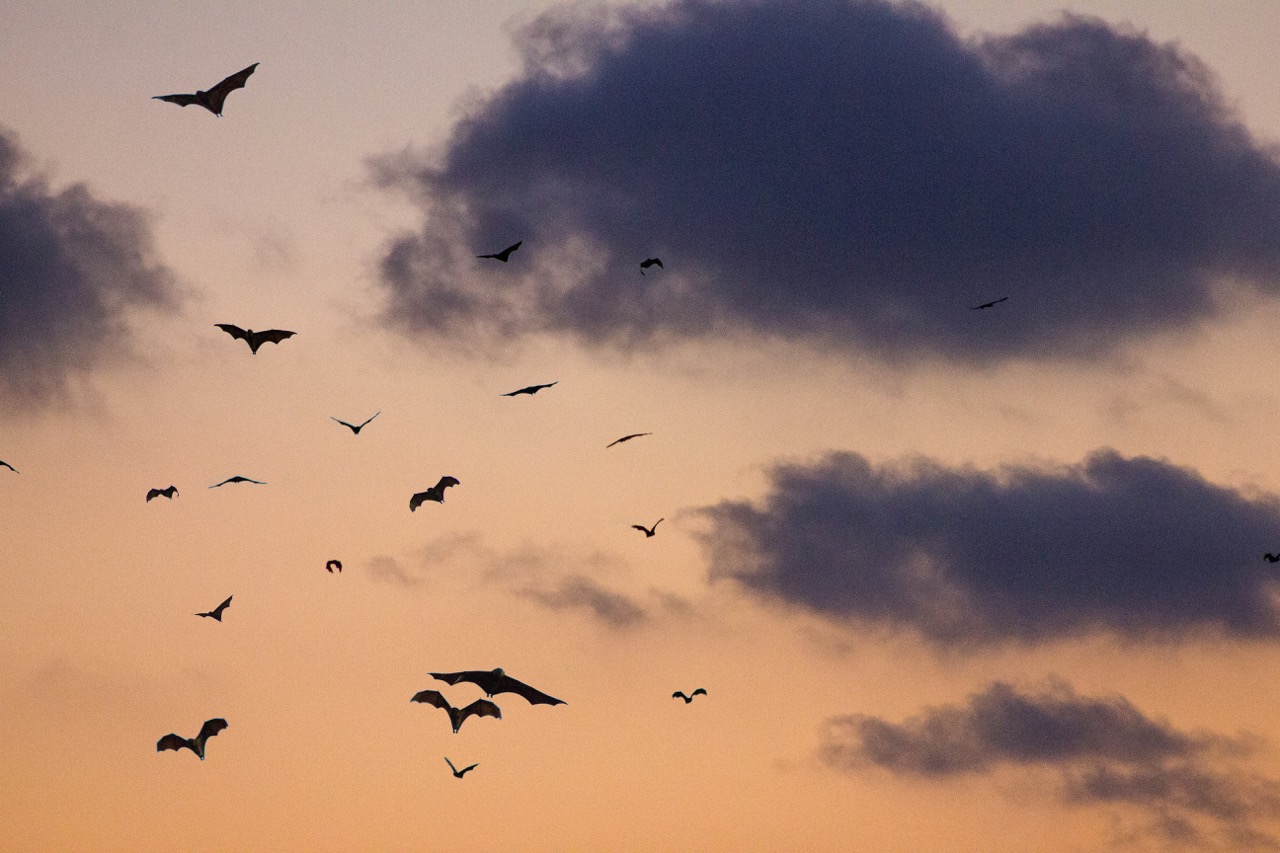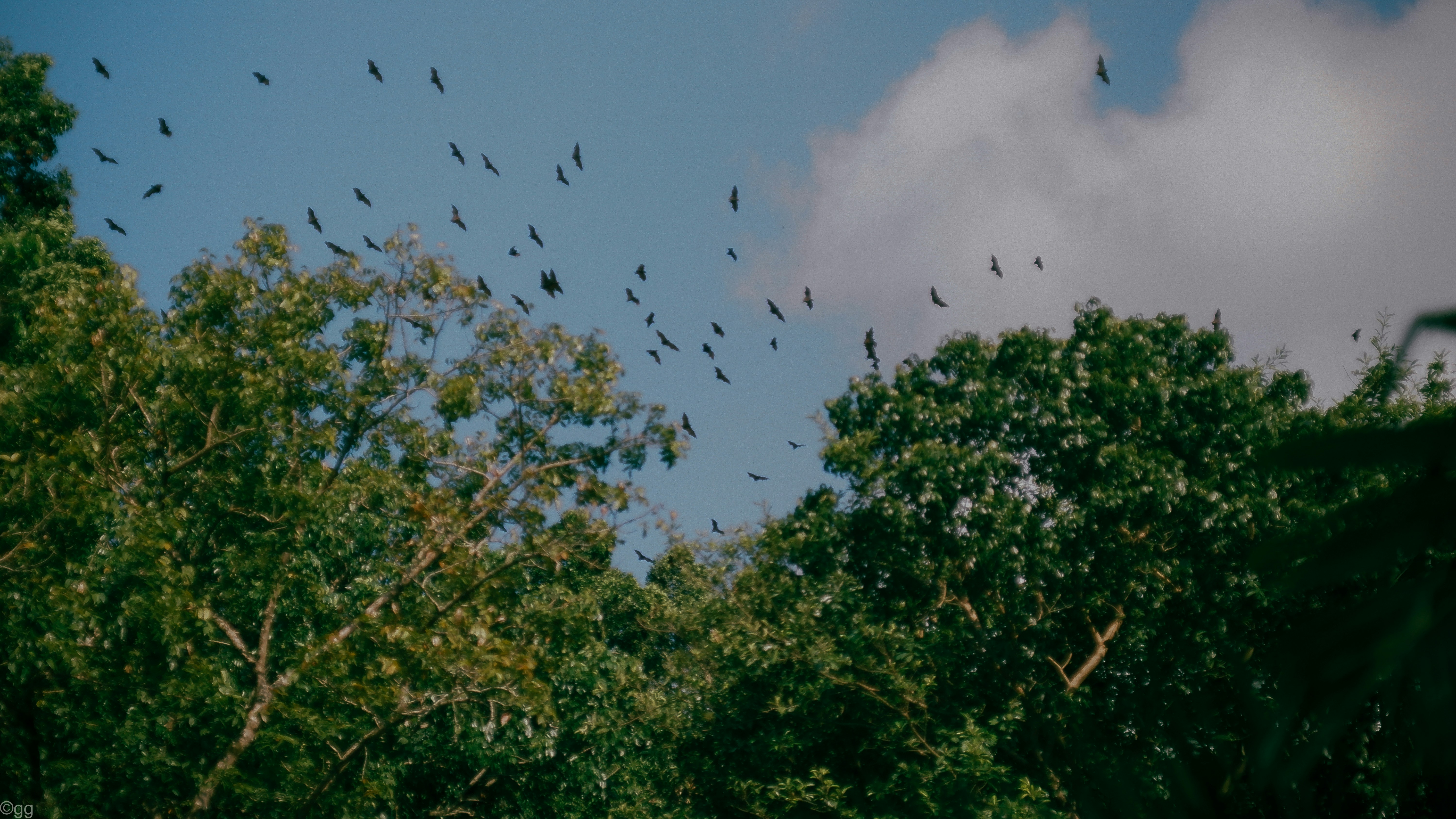Bats are fascinating creatures, and not just at Halloween. In New Zealand, they’re the only native land mammals! They’re also biodiversity barometers, and monitoring their behavior and population health gives land managers critical insights into ecosystem conditions.
How Bat Monitoring Works
Passive acoustic monitors listen all night. AI then flags echolocation calls to track species, roost health, and post-White-Nose Syndrome (WNS) recovery—without netting or disturbing colonies.
Recording devices come in two main types:
- Pocket-sized AudioMoth units for low-cost, wide deployment
- Workhorse Song Meter Mini Bat devices for longer-term monitoring
These weatherproof boxes clip to a post, sip battery power, and “wake up” when ultrasonic chirps are detected. It’s the same principle as wake-word detection in smart devices (like “Alexa”), allowing low-power listening without recording everything.
On the backend, software converts spectrograms into species lists. Tools inspired by BatDetect and newer convolutional neural networks (CNNs) help separate real bat calls from wind, insects, and raindrops.
Why Bat Monitoring Matters
Bat activity is a quick indicator of landscape health. They occupy areas where insects, water, canopy, and night lighting intersect, so small habitat shifts show up in their calls first. With this data, land managers can:
- Detect early signals of habitat stress or lighting impacts
- Monitor riparian and aquatic conditions via insect prey
- Evaluate restoration, thinning, or burn projects before and after implementation

Sources & Learn More
- NABat — Collect Data
- USGS — A Guide to Processing Bat Acoustic Data (2018)
- USGS — NABat Mobile Acoustic Transect Surveys SOP (2022)
- AudioMoth Overview
- Song Meter Mini Bat 2
- BatDetect Deep Learning Tools
- Automated Passive Acoustic Monitoring (2024)
- USFWS — Preventing White-Nose Syndrome
- NPS — White-Nose Syndrome?
- Photo Inspiration
- Photo by gabriel Ugahayon on Unsplash
Did you know you can track bats in Outway? With detailed libraries in Outway, teams can identify and monitor animal observations in the field or afterwards!
Check out our wildlife monitoring in Outway!



